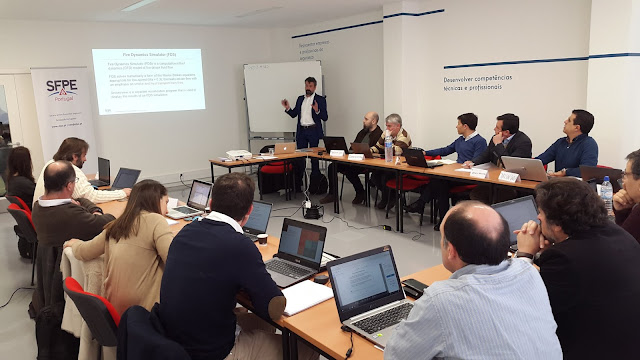Experimental and Computational Study of Smoke Dynamics from multiple fire sources inside a large-volume builing
I am so glad that this work has been finally published! You can read it here
Abstract:
Fire in large-volume buildings poses separate and distinct challenges from compartmented spaces. In particular, the risk it poses on life safety is mostly due to the smoke it produces, its effects on the evacuation process, and how it can affect the firefighters when they approach the building to fight the fire and rescue the occupants. This is why smoke control in large-volume enclosures is of utter importance for life safety, property protection and business continuity. This research presents an experimental and numerical study of the smoke dynamics from four fire sources (combined heat release rate of 5.2 MW) with different ignition times and under transient ventilation conditions, inside a 20 m high cubic atrium. Temperature measurements in the plume and close to the walls have been recorded using 59 thermocouples. The data was used in the determination of the smoke layer interface height, with the least-square and the N-Percent methods. Results show that significantly worse conditions are induced by multiple sources than those in a single fire of equal power. The results have been obtained using the computational fluid dynamics code FDS (Fire Dynamics Simulator, v6.7.1). The comparison shows that in the far field the temperature predictions are accurate inside the smoke layer (10 m and 15 m) with discrepancies lower than 10%, whereas higher significant discrepancies were observed at the smoke layer interface, i.e. 5 m high, with discrepancies up to 20%. Furthermore, a grid analysis has been performed showing that grid resolutions, D*/δ, based on the global HRR of the fire might be sufficient to predict the fire induced conditions far from the fire. The analysis confirmed the applicability of FDS to the assessment of the smoke dynamics under complex fire conditions away from flames. Ultimately, the present work shows the importance of considering fires with multiple sources due to the faster smoke production compared with single fires.



Comments
Post a Comment